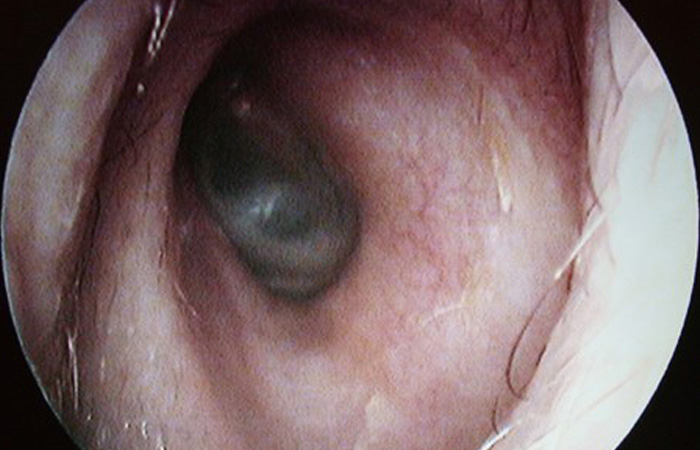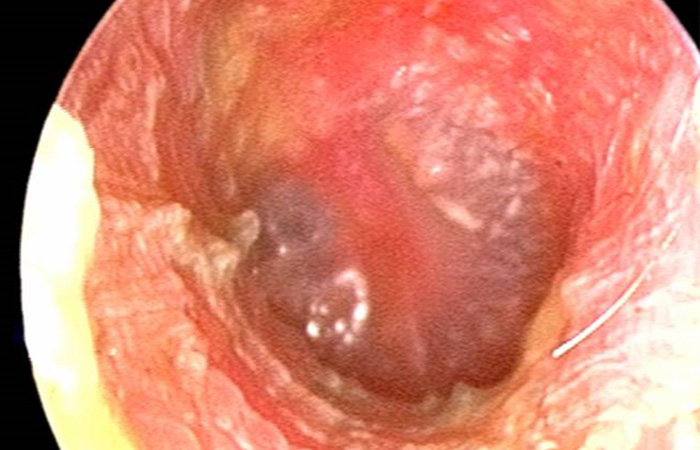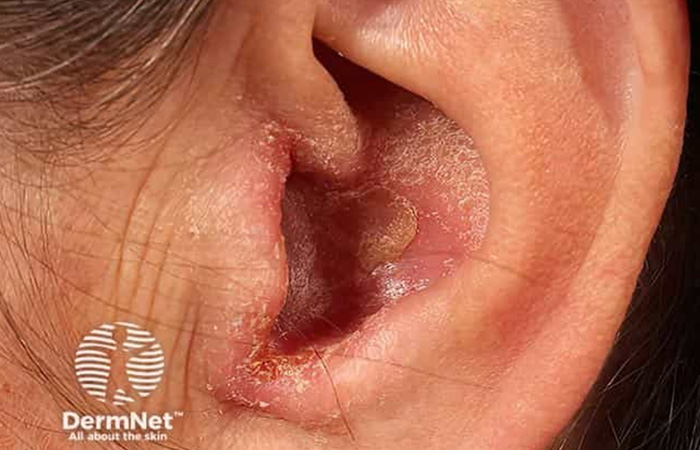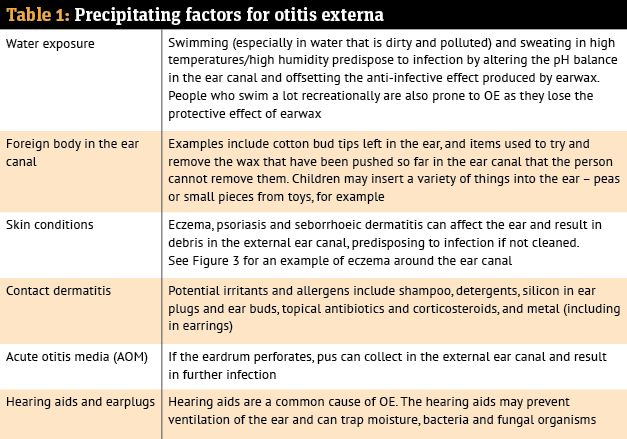Introduction & module overview
Pharmacy First and similar services in the UK have resulted in many community pharmacists being trained and competent in clinical examination of the ear using an otoscope. Digital otoscopes used with a viewing screen, such as a smartphone, can make ear examination easier and more accessible.
Pharmacy assessment and treatment of acute otitis media is now widespread, and in some areas otitis externa (OE) is also now assessed and treated in pharmacies. For many years, community pharmacists have been asked for advice about otitis externa and could offer only limited treatment options with advice on prevention.
Is it otitis externa?
Otitis externa results from diffuse inflammation of the skin and tissue of the external ear canal (external auditory meatus), which may also involve the pinna or tympanic membrane. It is usually described as acute if it has arisen in the past six weeks. Chronic otitis externa is defined as OE that has continued for three months or so.
Typically, OE involves increasing symptoms developing over one or two days, with mild cases having ‘sogginess’, itching and discomfort of the ear canal(s). It is often bilateral.
Symptoms of more severe OE are ear pain with signs of tenderness of the tragus and/or pinna (which may be severe and accompanied by possible jaw pain), often with ear discharge.
On examination, the ear canal is red and may be swollen.
Figure 1 shows an otoscopic picture of a normal ear canal; Figure 2 shows the ear canal as red and swollen, with the presence of debris and ear discharge. There may also be swelling and, in severe cases, there may be occlusion of the ear canal.
The eardrum may be difficult or impossible to see if the ear canal is narrowed or filled with debris. Hearing may be muffled or distorted but significant hearing loss is rare.
It is possible that similar symptoms can arise from a middle ear infection – acute otitis media (AOM) – with a perforated eardrum. In such a situation, which usually involves a child, the middle ear infection is likely to be associated with a respiratory tract infection.
As the middle ear infection develops, so does the pain. It is often intense and remains so until the drum perforates, alleviating the pressure and pain, and leading to a discharge.
Above: Figure 1: Normal ear canal. Descouen, D. Own work. 2009. https://upload.wikimedia.org/wikipedia/commons/ 1/13/Conduit-auditif-externe.jpg
Above: Figure 2: Otitis externa showing inflamed ear canal and debris. With thanks to Department of Paediatrics, University of Wisconsin. pediatrics.wisc.edu/education/acute-otitis-media/exercises/images
Above: Figure 3: Eczematous otitis externa. dermnetnz.org/imagedetail/1494-otitis-externa
Taking a good patient history is essential, including asking questions about any previous otitis externa and swimming or recent foreign travel (OE is often associated with swimming pools). Precipitating factors for OE are summarised in Table 1, below.




